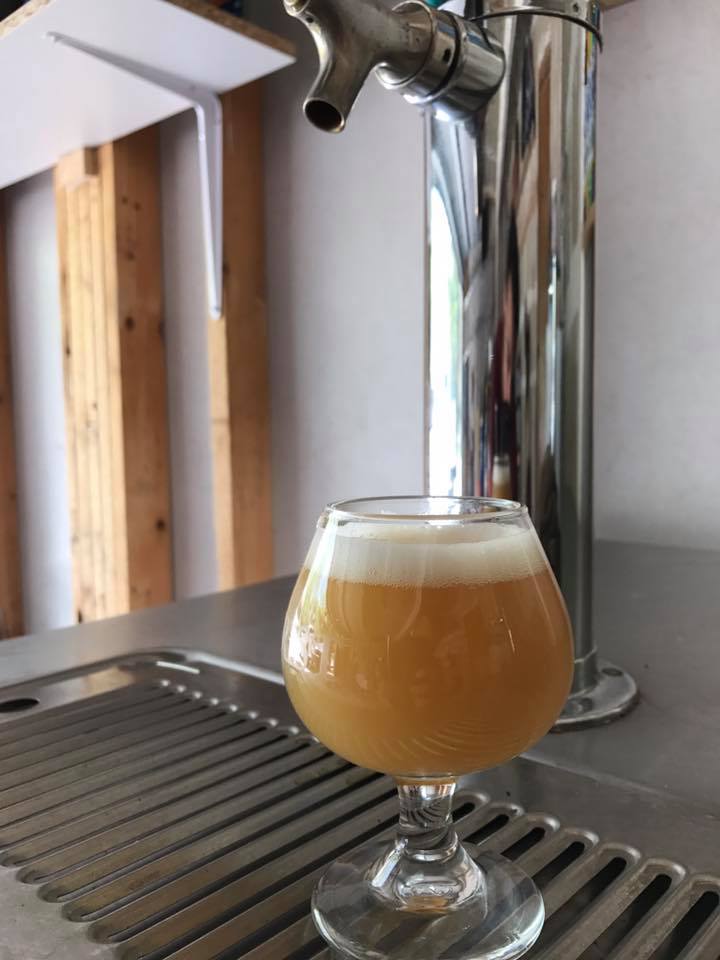fatnhappy
Well-Known Member
Interesting how yeast can change the beer's color so drastically. It's like due to a number of things (flocculation differences, malt/hop interaction). I recently brewed my house pale with 095 (burlington) instead of 1318
totally different beer.
On another note, can we try to have people post grist percentages instead of actual weight of different malts? I think it will allow us to hone in on the actual grist bill and make it easily applicable for the variation between everyone's systems.
I like to test different yeasts. It's a split batch, so no variables other than yeast. And I'm not great at math so someone else will have to figure out percentages



 they're entirely unnecessary for scaling a recipe.
they're entirely unnecessary for scaling a recipe.
